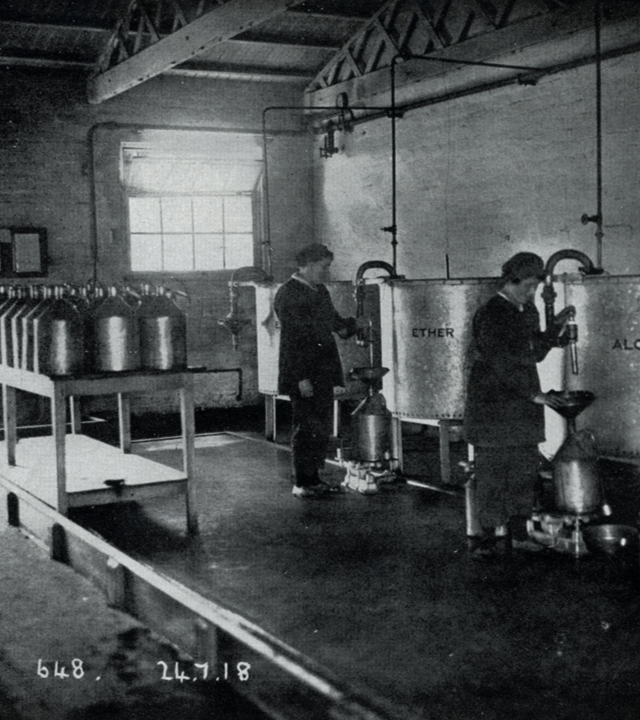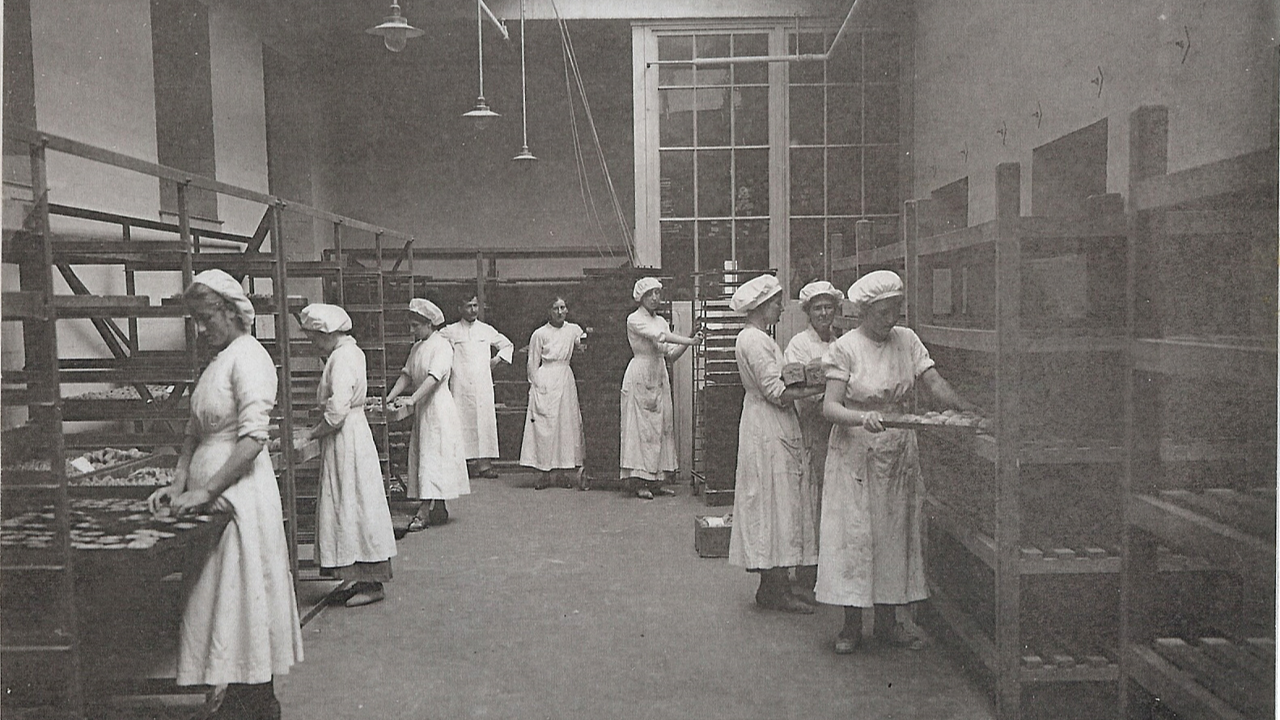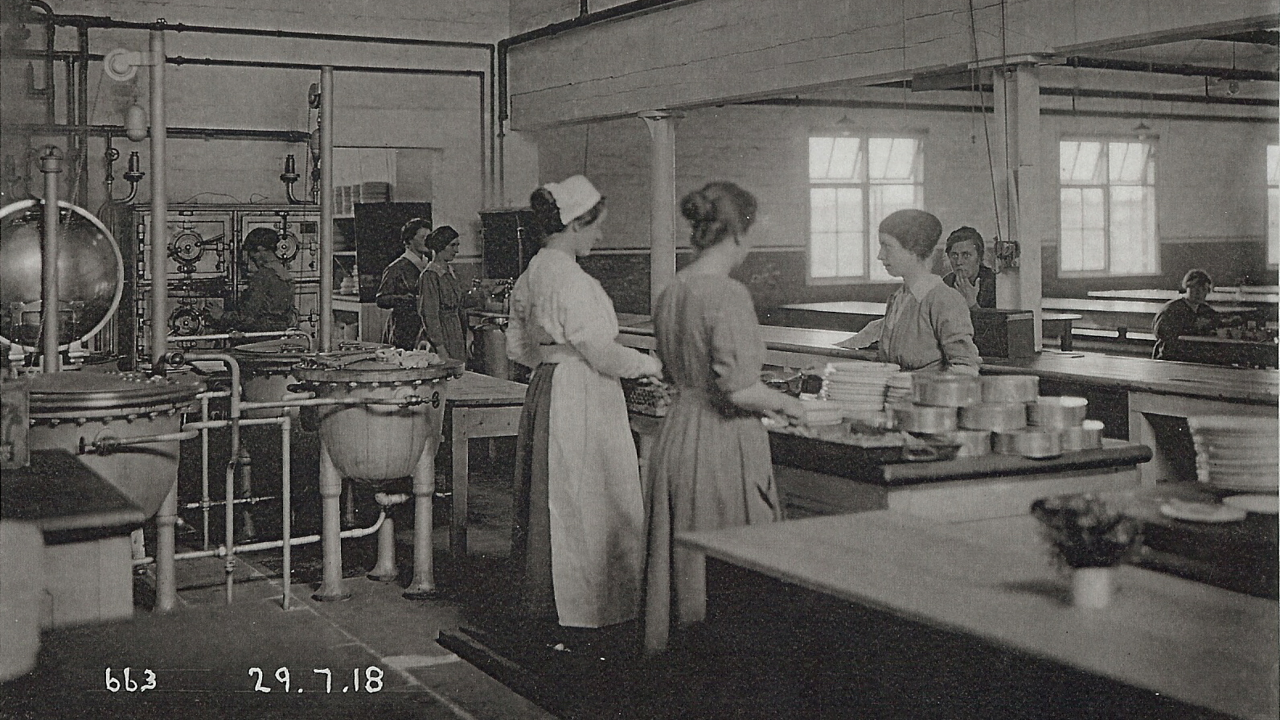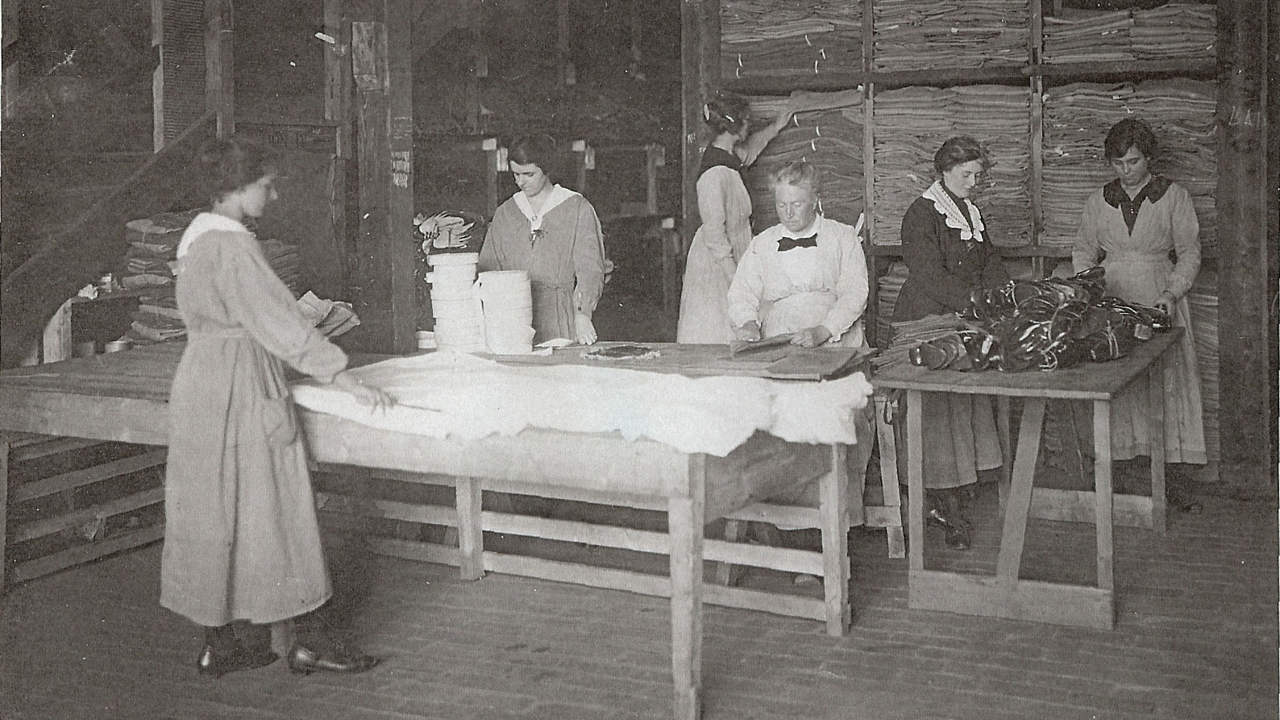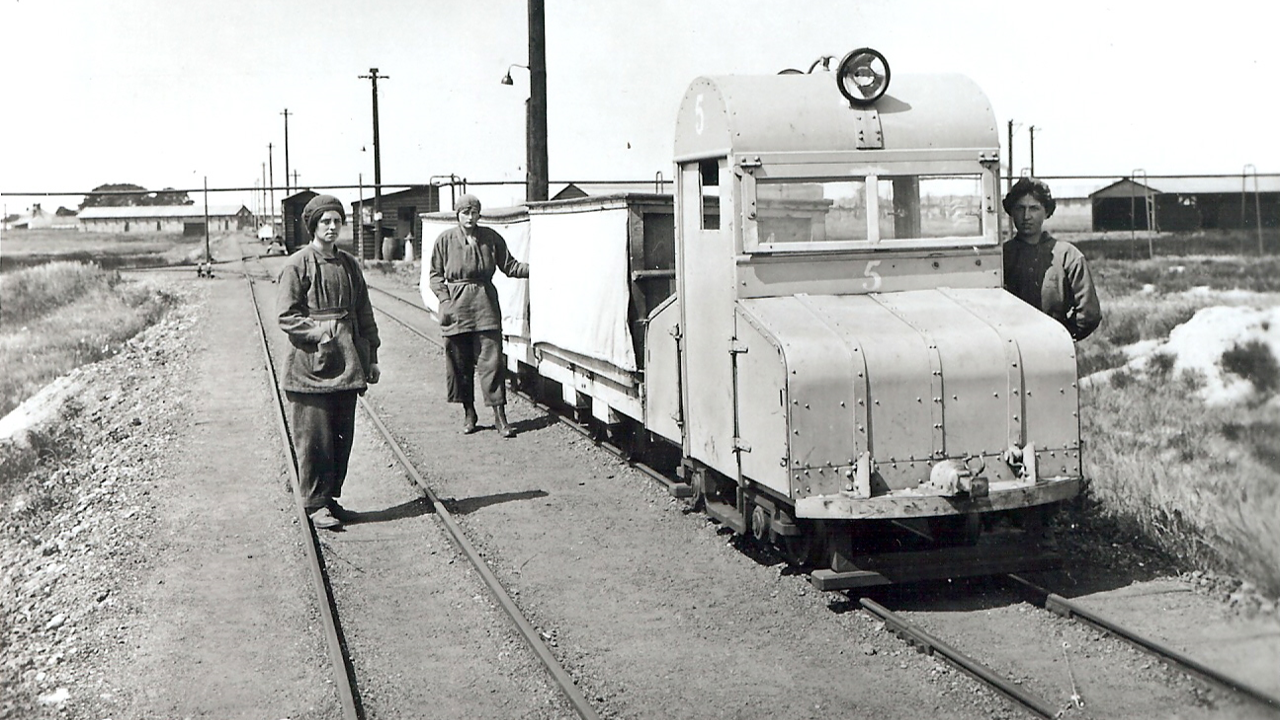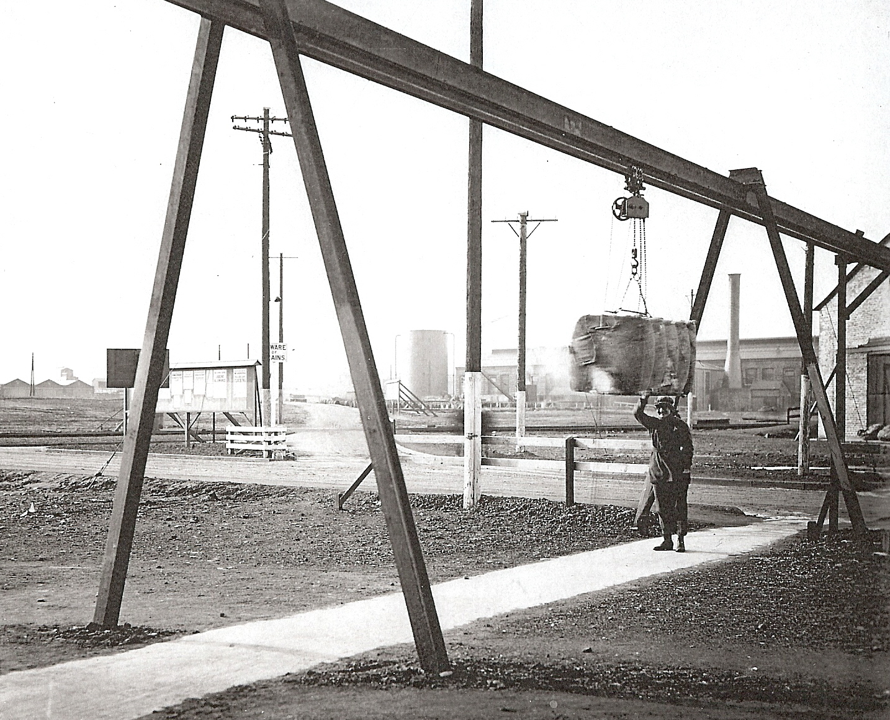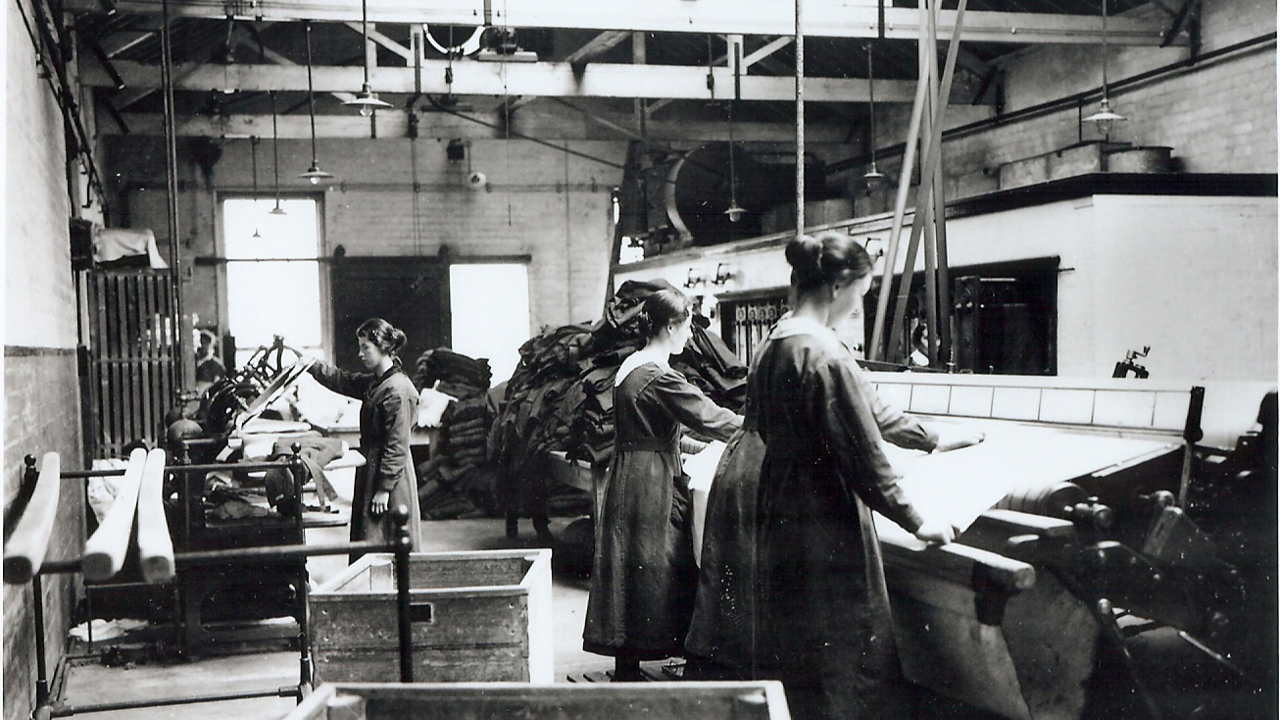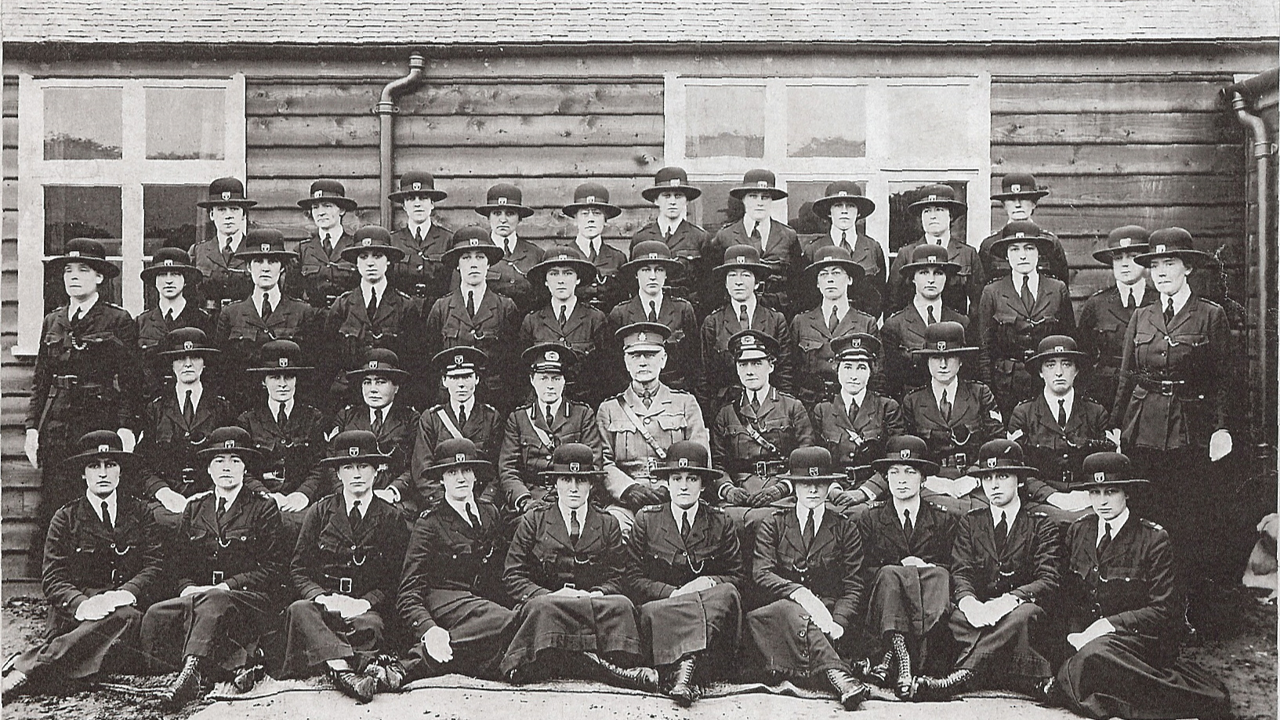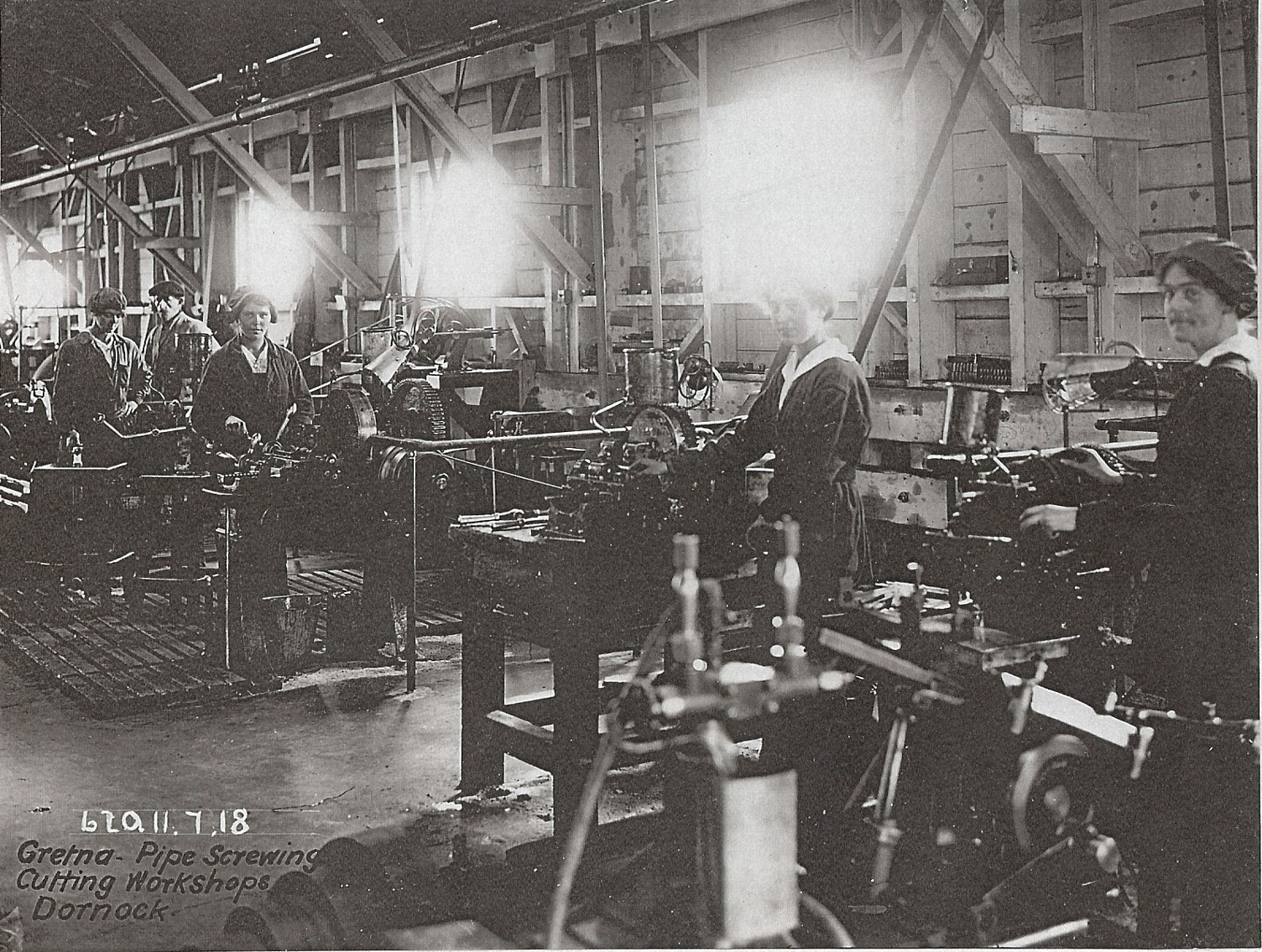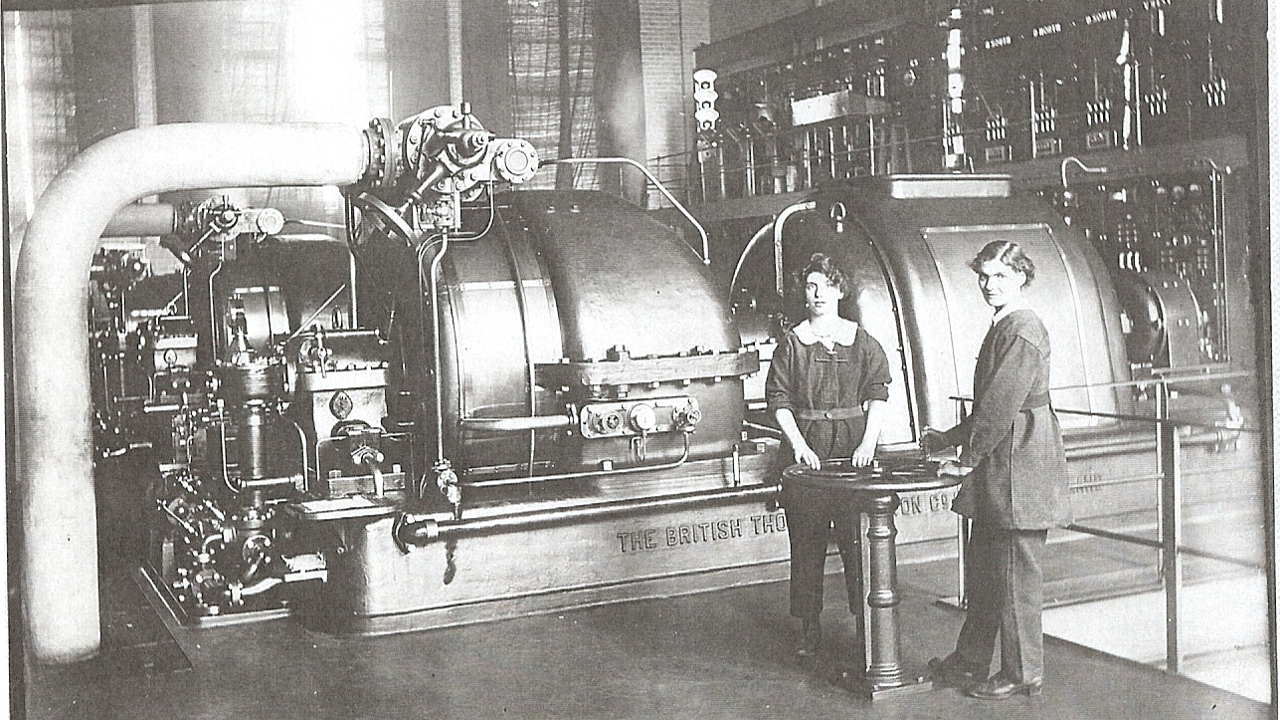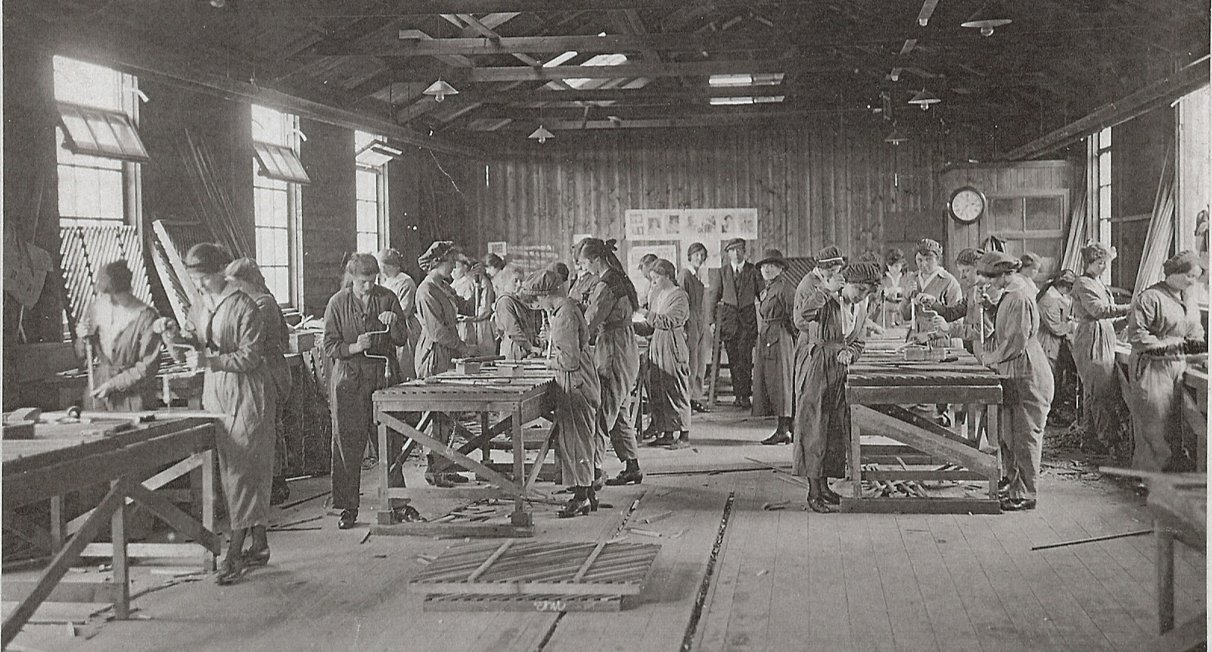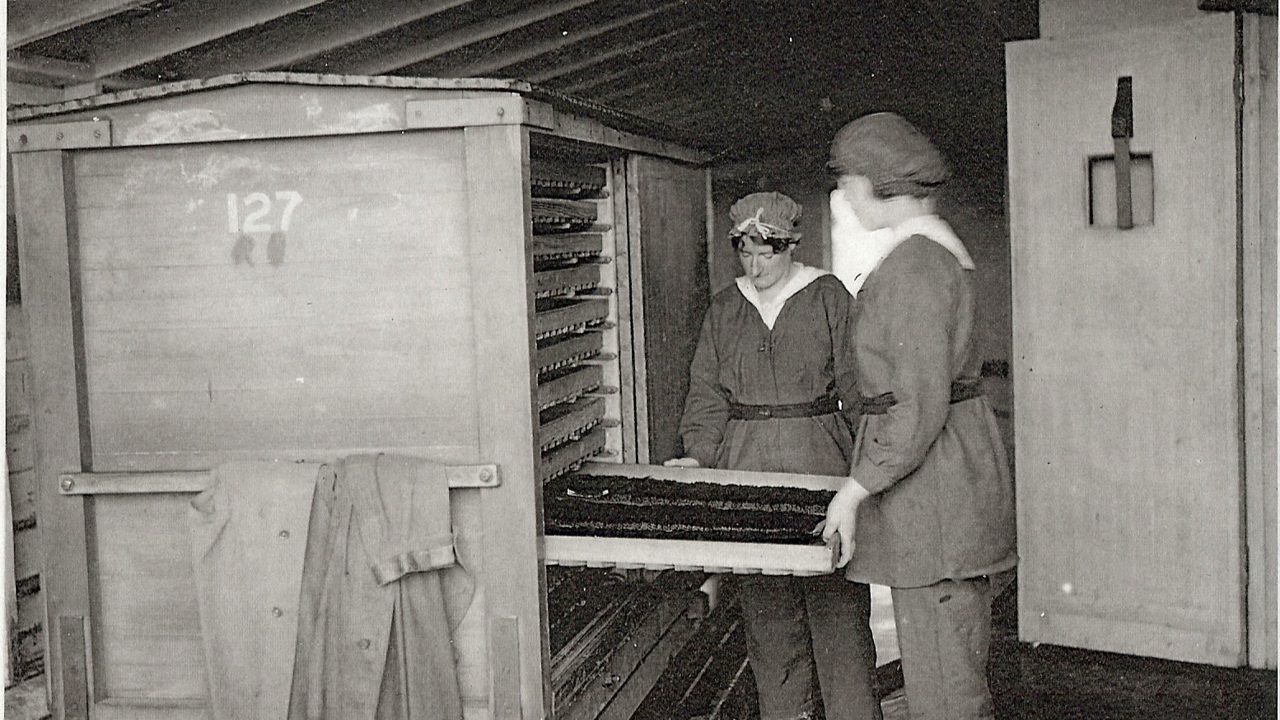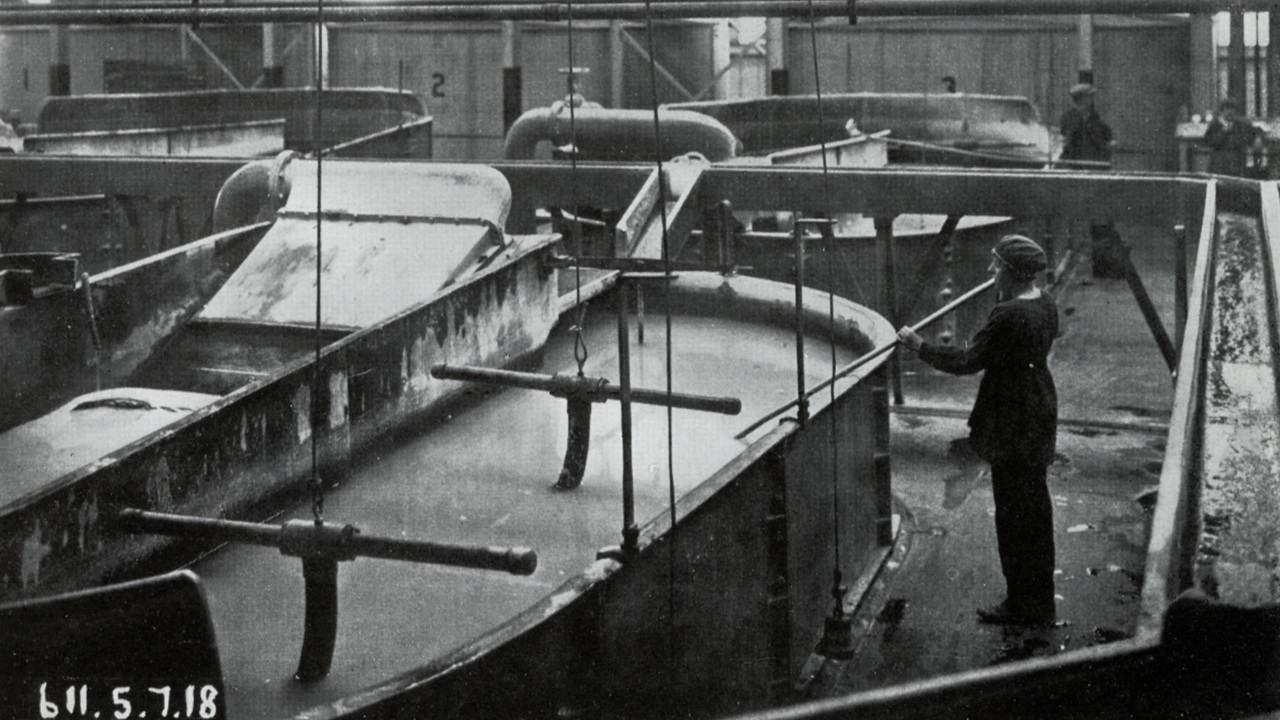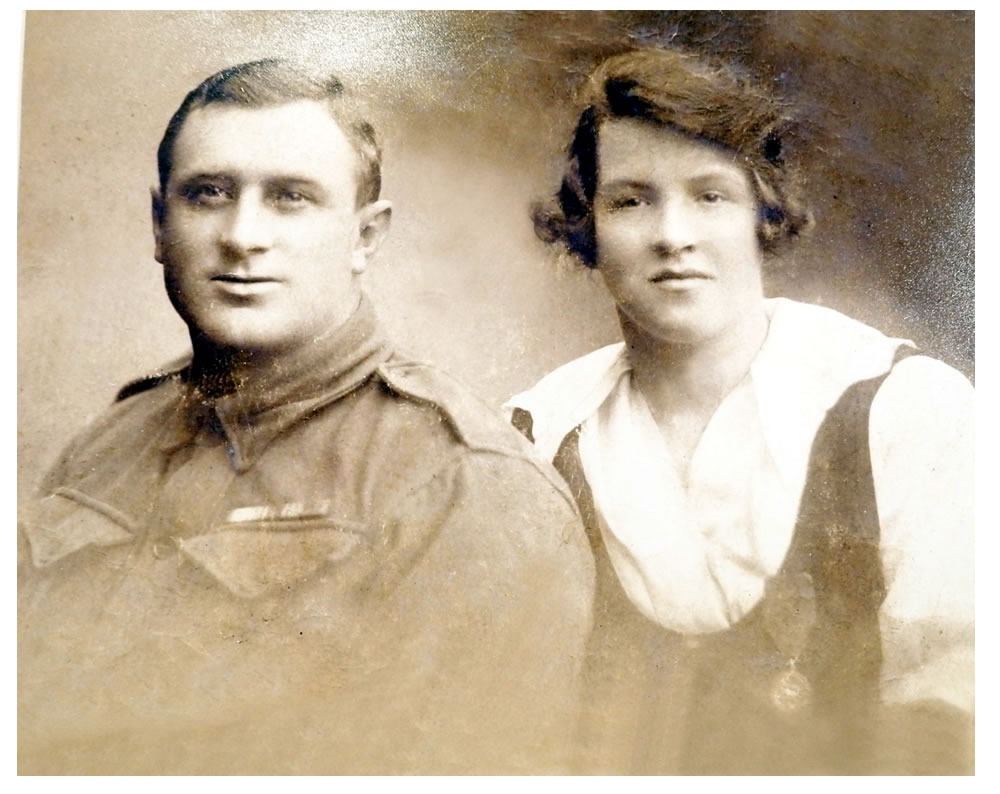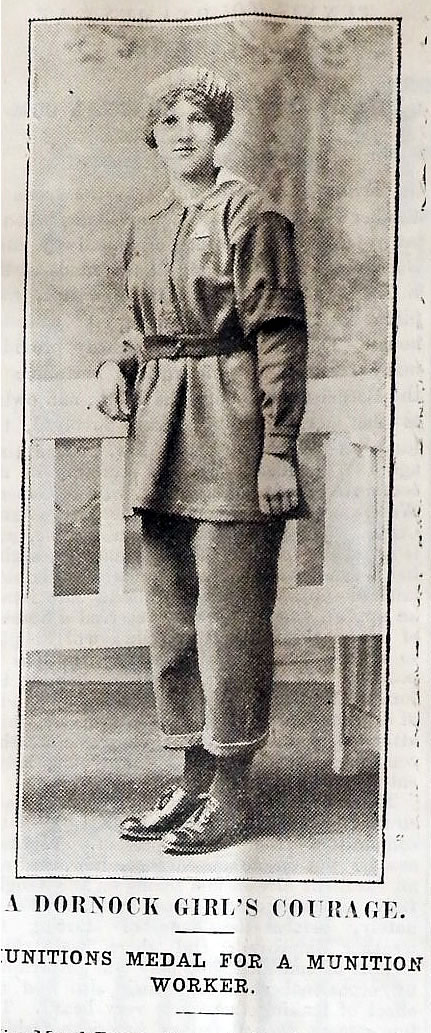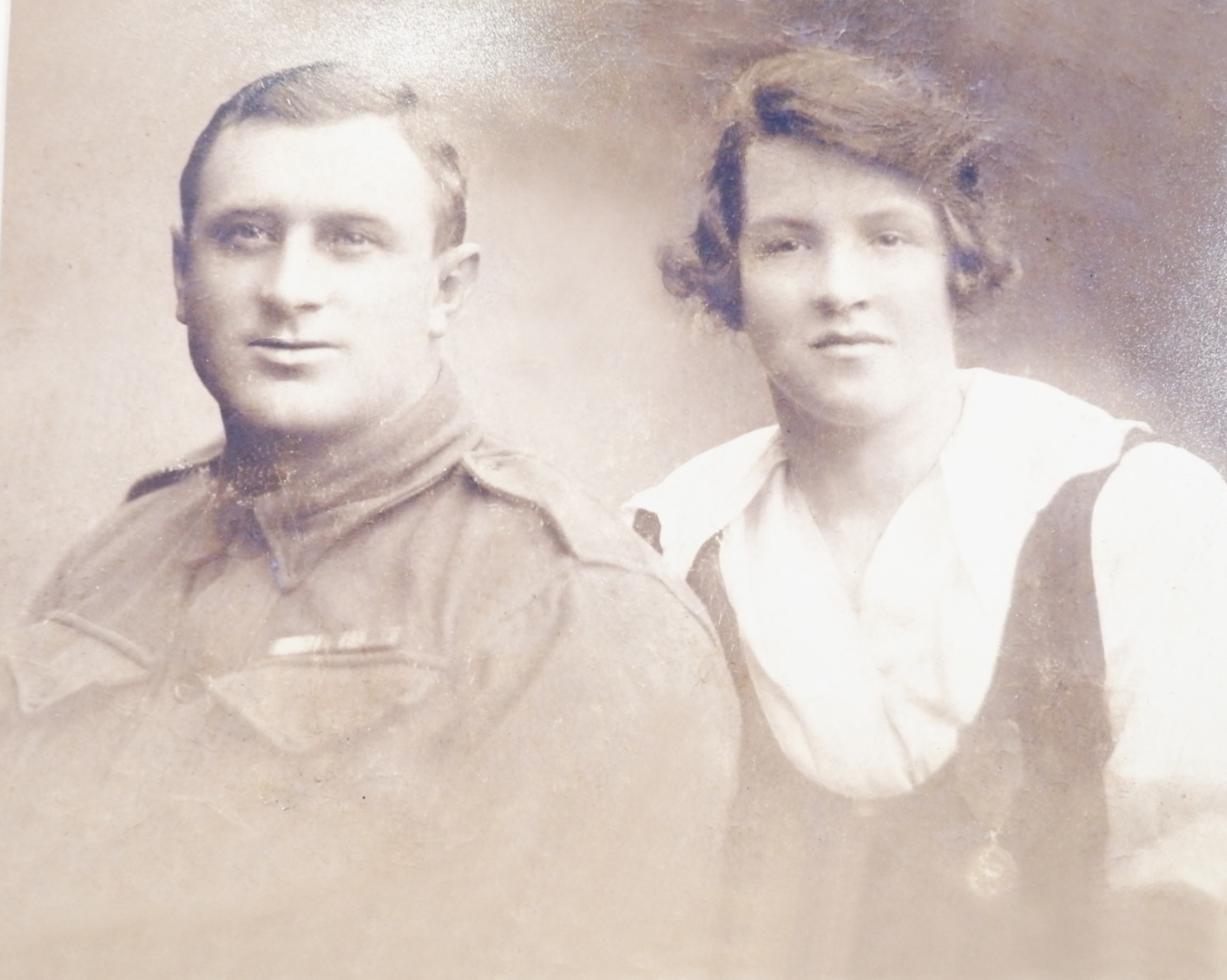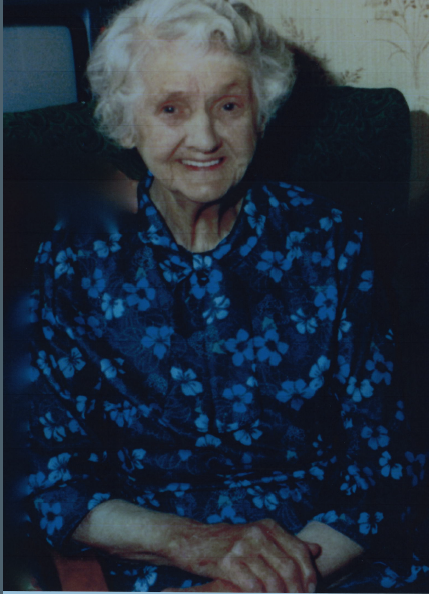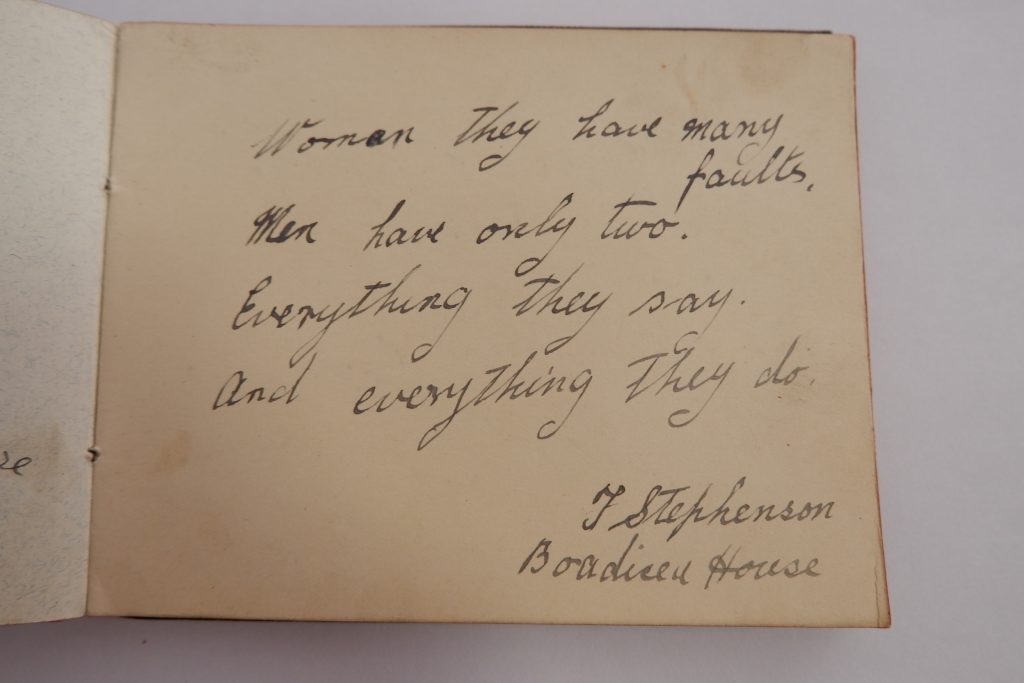
To celebrate Women’s History Month, we’re taking part in a month-long celebration of women using items from our collections alongside other heritage sites/organisations across Scotland! If you want to join in, visit Go Industrial for more info. This week, in honour of this year’s International Women’s Day, theme, we’re sharing an item from your collection where a woman challenges the status quo.
The attached photo is from one of the autograph books we hold in our collection. Autograph books were a popular way for friends and acquaintances to write verses, draw sketches, and comments. These books were often kept as a memory keepsake, and we’re lucky enough to have some from H.M. Factory Gretna. It says:
Women they have many faults,
Men have only two.
Everything they say,
and everything they do.
It was written by a J. Stephenson of Boudica House (one of the hostels that women munition workers lived in), and I’m sharing it as part the #ChooseToChallenge prompt for Women’s History Month. I think it’s a really witty poem that pokes fun in a gentle but astute way, and takes gender as a point of analysis. It also shows that some munition workers choose to challenge the status quo, even if they did that through poems like this.
Happy International Women’s Day!
If you’d like to know more about the 12.000 women who worked at HM Factory Gretna, you might enjoy this booklet (available from the Museum’s online shop):

